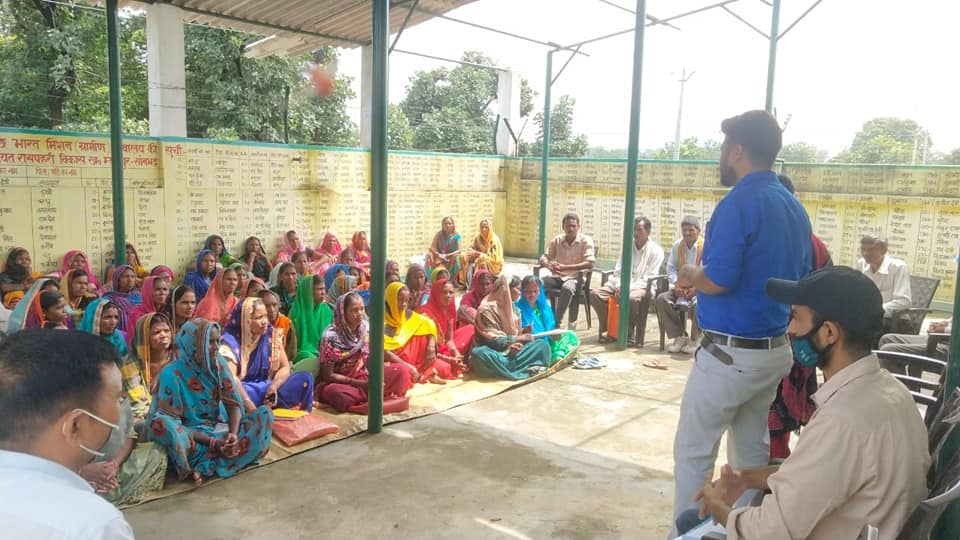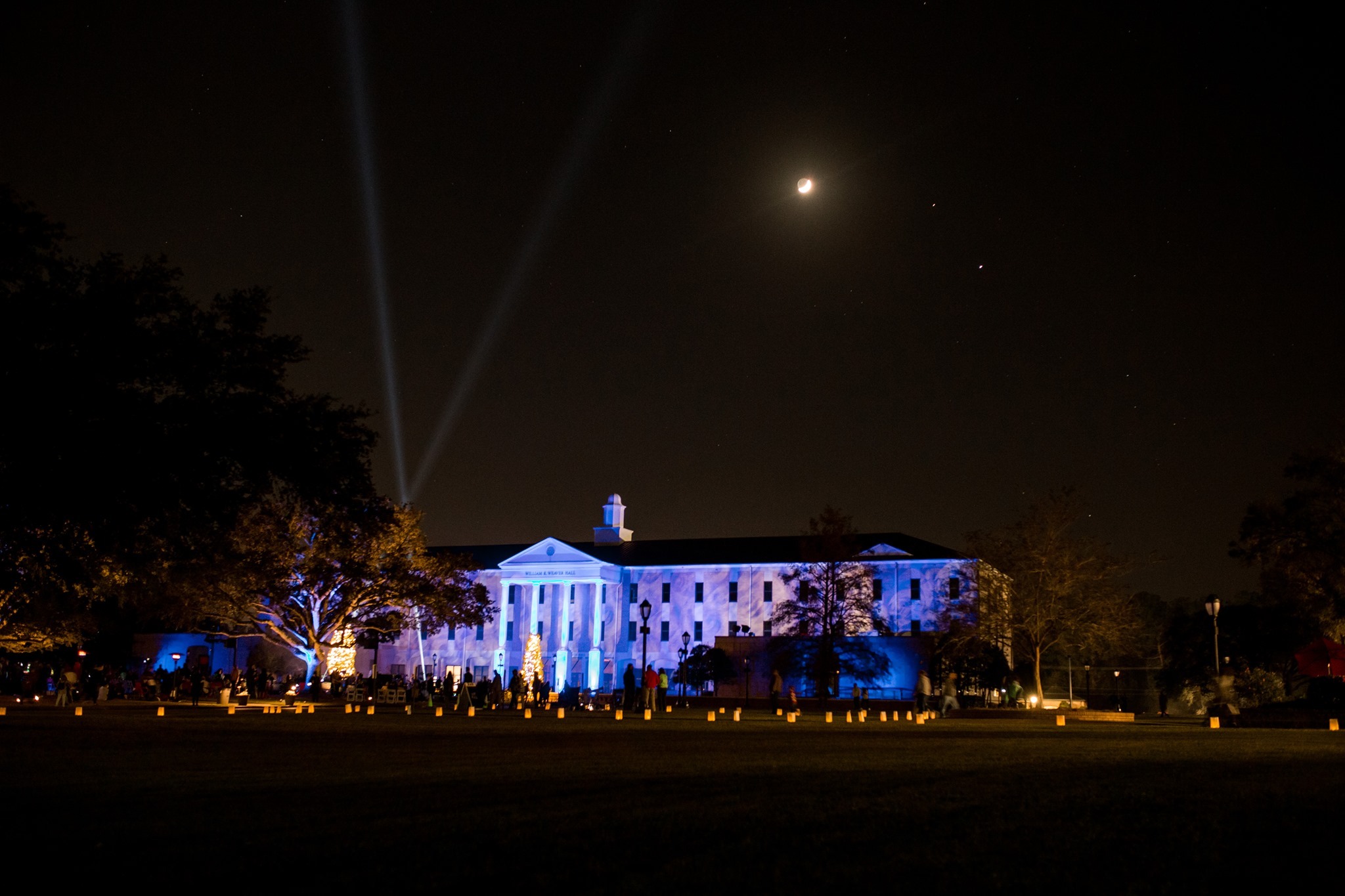Bethlehem University Marks 50 Years https://t.co/NXfzSCPlE0 pic.twitter.com/oh8QHBa9bM
— Bethlehem University (@BU_News) December 14, 2023
Christmas Message
- Home Page 137

Christmas Message
St. Lucy Bread
This content is accessible to paid subscribers. To view it please enter your password below or send mike@standardsmichigan.com a request for subscription details.
Winter Week Week 51 | December 16 – 22 (Exams & Graduation)
Monday | December 16 | Colloquium 16:00 UTC
Tuesday | December 17 | Colloquium 16:00 UTC
Wednesday | December 18 | Colloquium 16:00 UTC
Thursday | December 19 | Colloquium 16:00 UTC
Friday | December 20 | Colloquium 16:00 UTC
Saturday | December 21
Sunday | December 22
Autumn Syllabus Week 50 | December 8 – 15
Monday | December 8 | Colloquium 16:00 UTC
Andrea Cohen: pic.twitter.com/WoCDCOi5oh
— Dr. Maya C. Popa (@MayaCPopa) December 9, 2024
Tuesday | December 9 | Colloquium 16:00 UTC
It’s called character-building weather for a reason. 😅 pic.twitter.com/goTS8Htnbb
— Alumni Association of the University of Michigan (@michiganalumni) December 12, 2024
Wednesday | December 10 | Colloquium 16:00 UTC
Good morning! 🌟
This Wednesday, remember the magic of childhood—pure, joyful, and fleeting.
Let them be little, especially during this season of wonder. 🎄❤️ #LetThemBeLittle #ChristmasMagic pic.twitter.com/ubXoh3OKk4
— Mrs. Smith (@danismith1979) December 11, 2024
Thursday | December 11 | Colloquium 16:00 UTC
The glorious playing of Septura – surely our premier brass ensemble – added the crowning touch to a Christmas concert I have just guest-conducted in the magnificent setting of Guildford Cathedral. JR pic.twitter.com/5huu8kAZTG
— John Rutter (@johnmrutter) December 10, 2024
Friday | December 12 | Colloquium 16:00 UTC
Ope. pic.twitter.com/oUNZvKC7oD
— Natalie Kovarik (@natalie_kovarik) December 12, 2024
Saturday | December 13
Sunday | December 14
Mince Pie & Tea
BSI Group: Consumer, Retail & Food Standards
This British festive pastry has origins dating back to the 13th century when European Crusaders returned from the Middle East with recipes containing meats, fruits, and spices. These early pies, known as “mincemeat pies,” combined minced meat (usually mutton), suet, fruits, and spices such as cinnamon, cloves, and nutmeg, symbolizing the gifts of the Magi. In the 16th century, the pies were rectangular, representing Jesus’ crib.
Over time, the meat content reduced, and by the Victorian era, the recipe had evolved to primarily include dried fruits, suet, and spices, aligning with the modern version of the mince pie. Traditionally enjoyed during the Christmas season, mince pies are now small, round pastries filled with a mixture called mincemeat, which typically contains no meat but a blend of dried fruits, sugar, spices, and sometimes brandy or other spirits.
Good luck to all candidates doing their Oxford interviews over the next couple of weeks 🤞
📷 Instagram | Juncao_Oxford#ApplyingToOxford pic.twitter.com/sqj0LpKdgD
— University of Oxford (@UniofOxford) December 9, 2024
Last night, after a 3 year break, we were delighted to once again host our Festive Networking Drinks 🎄 in person, at the Oxford & Cambridge Club, London.
We had a great turn out with almost 60 fellows, students & alumni braving the cold to socialise & network with their peers. pic.twitter.com/WX7aVskMsi— Kellogg College, University of Oxford (@KelloggOx) December 14, 2022
Winter Moon
They’re stingier now, the rowdy boys, in pitching stones
that rattle your shuttered windows;
they don’t deprive you of your sleep; and hugging
the threshold, the door stays shut
that used to swing so easily
on its hinges. Less and less do you hear now:
“While I, who am yours, am dying all night long,
you, Lydia, are sleeping?”
You will age, in turn, and, spurned in the lonely alley,
you’ll wail at the arrogance of paramours
while the rising Thracian wind rages
in the dark of the moon.
Then you’ll feel how the blazing heat
and lust that maddens mares
will rage around your ulcered liver,
not without a sob
that excited boys take more delight
in green ivy than drab myrtle,
and dedicate sere leaves to the east wind,
winter’s companion.
23 BC | Rome
New update alert! The 2022 update to the Trademark Assignment Dataset is now available online. Find 1.29 million trademark assignments, involving 2.28 million unique trademark properties issued by the USPTO between March 1952 and January 2023: https://t.co/njrDAbSpwB pic.twitter.com/GkAXrHoQ9T
— USPTO (@uspto) July 13, 2023
Standards Michigan Group, LLC
2723 South State Street | Suite 150
Ann Arbor, MI 48104 USA
888-746-3670

















